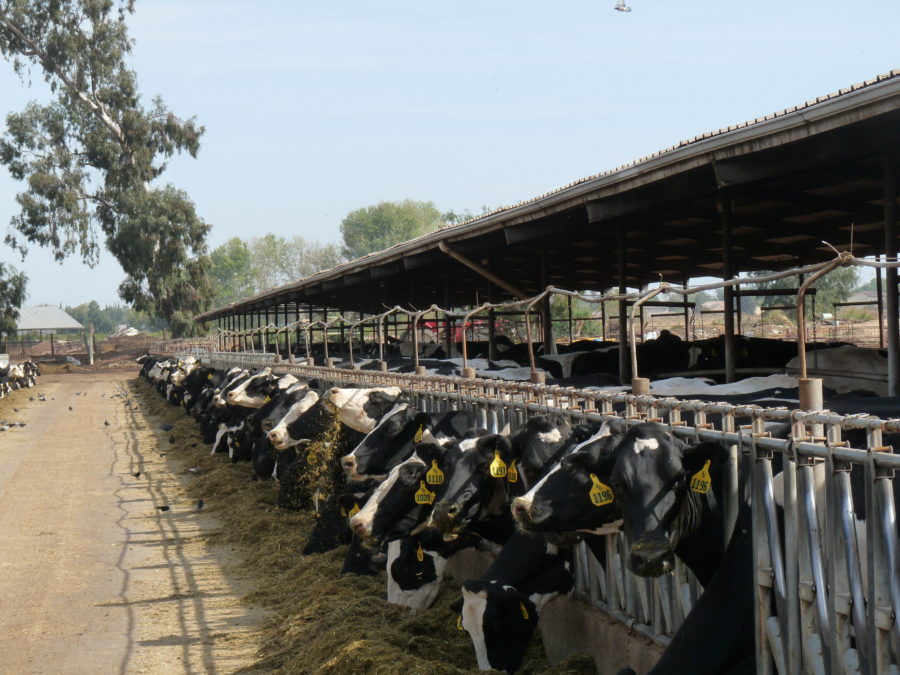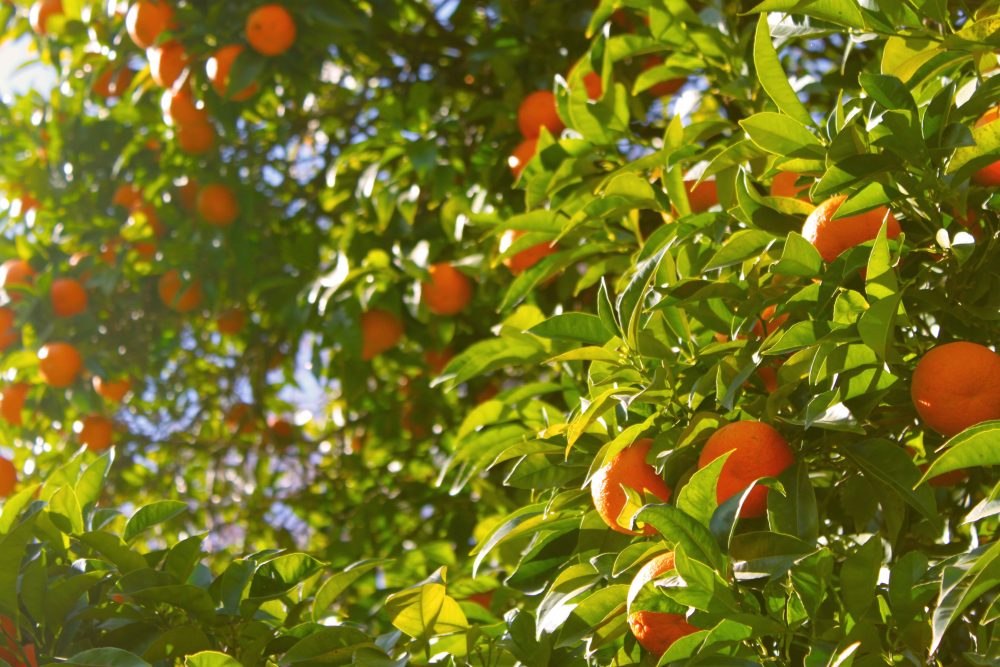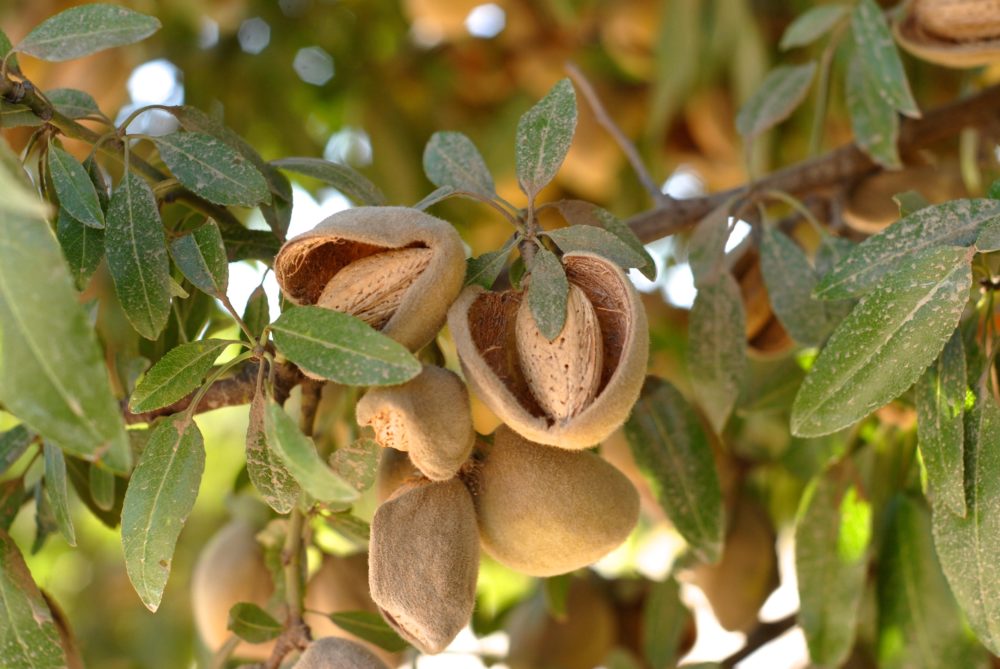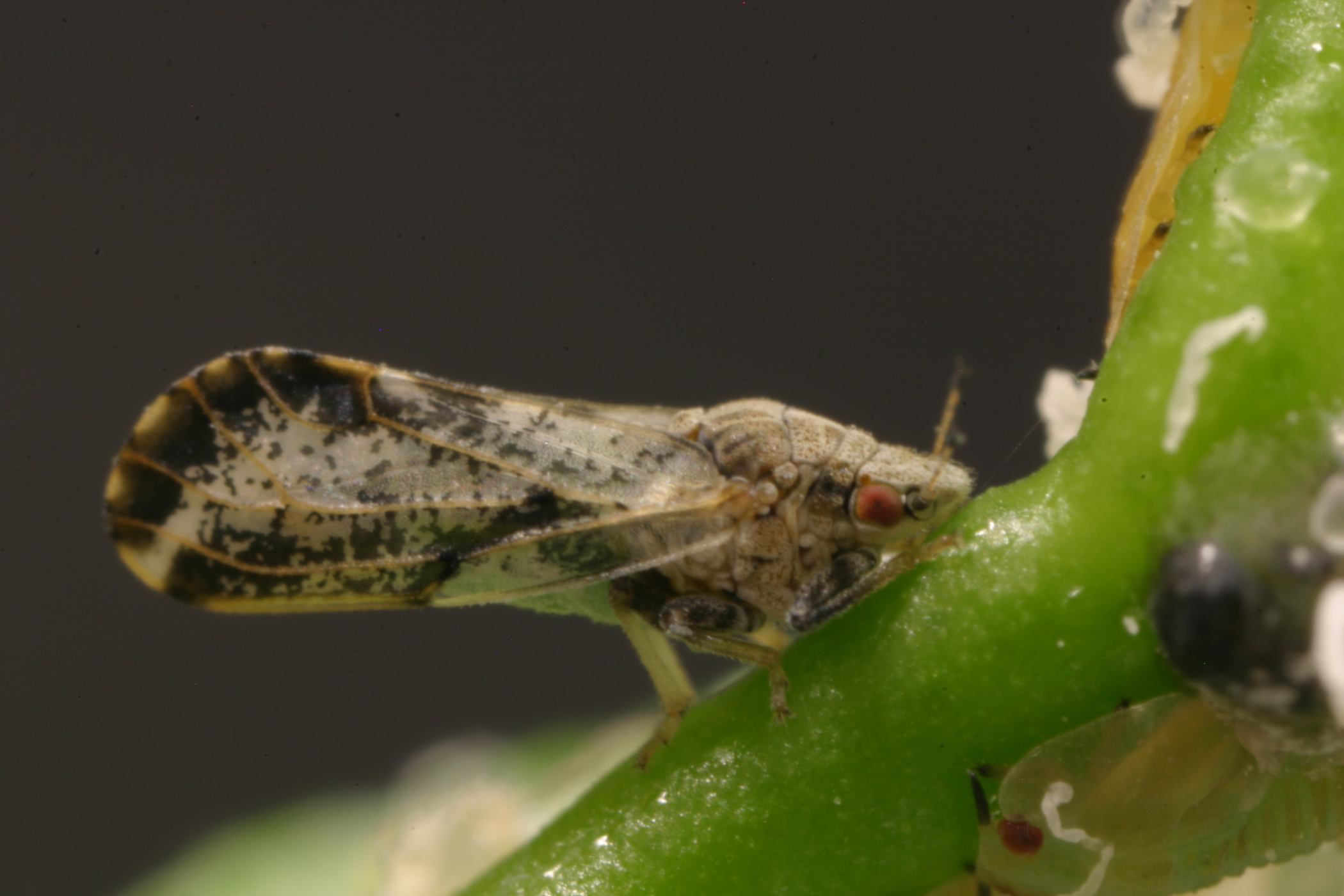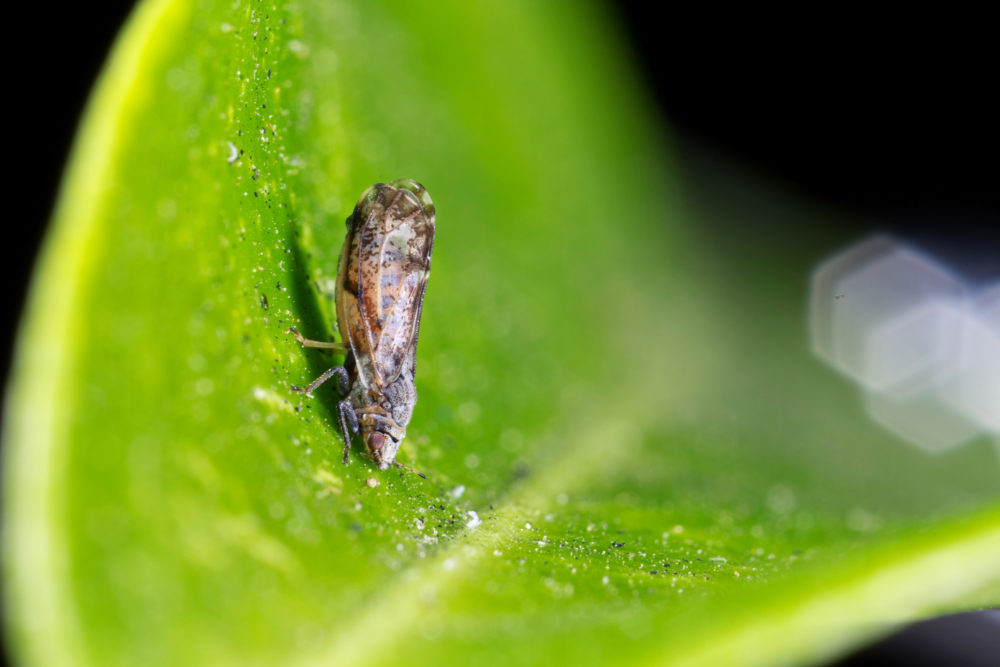IR-4 Program Trying to Help Florida Citrus Industry Due to HLB
IR-4 Researchers Control Material to Help Citrus Industy
By Patrick Cavanaugh, Editor
Jerry Barron, executive director of the IR-4 Project at Rutgers University in New Jersey spoke to California Ag Today recently about his program.
A major priority with the IR-4 Project is the prioritization of projects that need to be done to find crop protection products for crops such as citrus. Among the urgent challenges for citrus is the control of the Asian Citrus Psyllid (ACP) which vectors Huanglongbing (HLB)—a fatal disease to citrus. Barron spoke about the disease, which has devastated Florida citrus growers and all parts of the citrus economy in the state.
“HLB is devastating Florida citrus growers and the economy in Florida. It’s about a billion dollars of lost production, which is affecting local communities, food processors, and the people who are harvesting the fruit,” Barron said. “It is totally disrupting the whole economic base of certain areas.”
“So what we’re trying to do is work with the people in Florida, to provide them some tools, not only to control the Psyllid which transmits the disease but also provide them some tools to help control the disease once it’s infected the plant.
“At this point, it’s very difficult because certain crop protection products are just not available, but we’re trying to find these magic bullets to truly give them a solution for this devastating problem,” he said.





